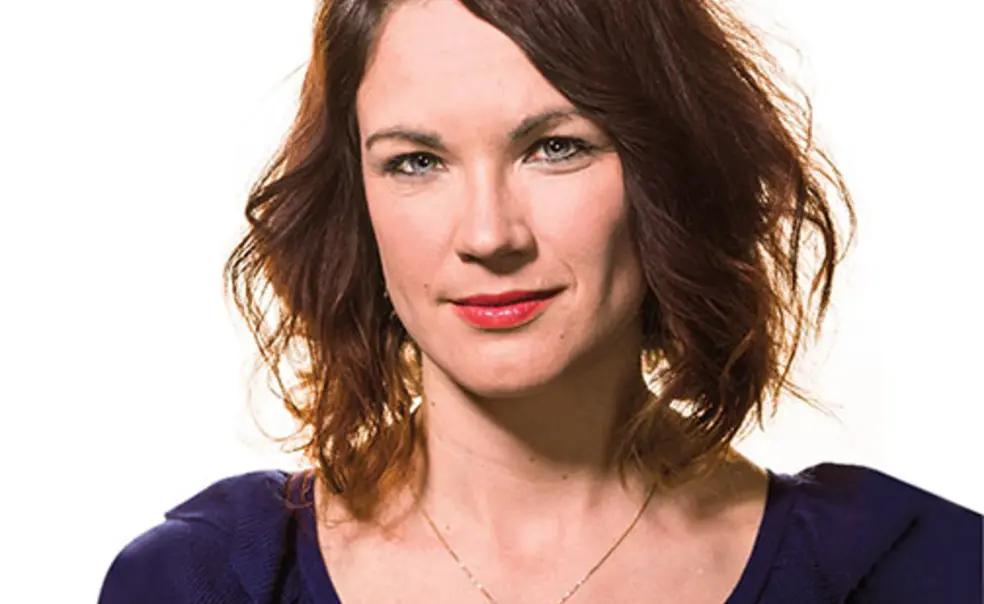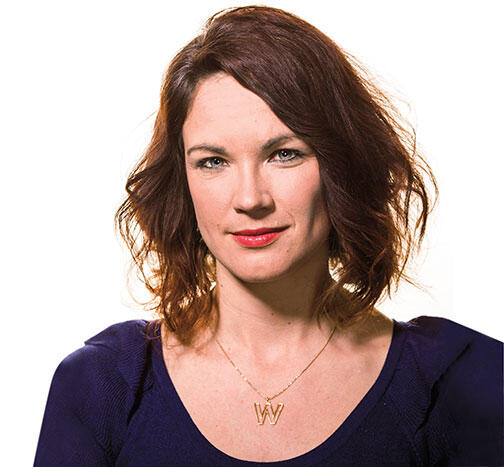Q&A: Lucianne Walkowicz, Astronomer on Board
She rides the C train to bring astrophysics to New York City commuters
Lucianne Walkowicz calls herself an alien hunter. To search for life on other planets, she studies how the magnetic activity of low-mass stars impacts the habitability of the planets around them. Unlike the 1970s, when NASA launched Voyager 1 — a space probe carrying a phonograph record with information about Earth in case it was found by an intelligent life form — today planetary habitability is a burgeoning field.
Walkowicz, an associate research scholar in the astrophysics department, is a postdoctoral associate on NASA’s Kepler team, which has discovered Earth-size planets orbiting other stars. She seeks to bring astrophysics to a wider audience through Science Train, an initiative in which experts chat with New York City subway riders about the final frontier and spur wider public discussion of science. PAW spoke with Walkowicz about her research and her outreach campaign.
When you say “alien-hunting”...
It’s not very X-Files, in the sense that I’m not going to Roswell or anything like that. It definitely is a different concept of finding aliens than exists in science fiction and pop culture. But that’s still fundamentally what’s motivating a lot of us, and it certainly is something that motivates me.
My research is very much about the kinds of questions that people who aren’t scientists wonder about. Is there life beyond Earth? Where would we look for it? How would we recognize it? We’re at an interesting time where we can actually begin to answer these kinds of questions.
Why are low-mass stars important to the study of extraterrestrial life?
It was once assumed that stellar flares (which are massive energy ejections) from low-mass stars would sterilize planets around them and make it impossible for life to exist there. It turns out that may not be the case. My collaborators and I studied how stellar flares affect planets like Earth, and found that the planet’s atmosphere actually shields it from most of that harmful radiation. Those planets are still good places to search for life.
With some colleagues, you first approached New York City subway riders to chat about space last summer. Why does the public need astronomers in transit?
Most of our public science education targets people who are already interested. The idea behind Science Train was to take it somewhere that you don’t encounter it. You can encounter a poem on the train. You can go for a walk in the park and encounter a piece of sculpture. But there are very few opportunities for people to have an unplanned encounter with science.
Science Train gives people an opportunity to talk to an actual scientist. What’s appealing about going into science if you have this idea that scientists are mad, crazy people in lab coats, working by themselves? With Science Train, anyone can go out and talk about science.
Interview conducted and condensed by Dorian Rolston ’10













No responses yet